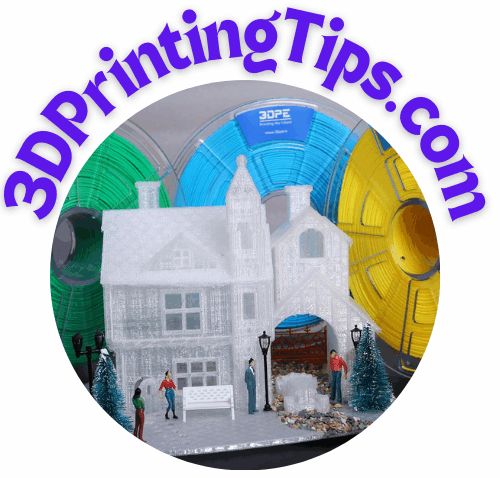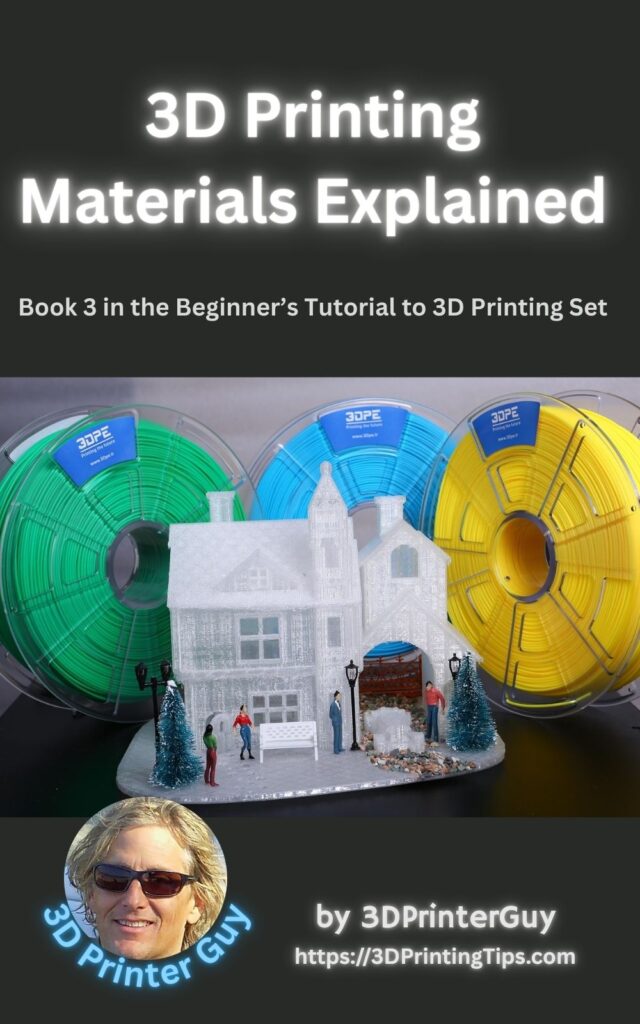PETG Filament for Durable 3D Prints: A Comprehensive Guide

1. Introduction to PETG Filament
What is PETG?
PETG Filament for Durable 3D Prints: Polyethylene Terephthalate Glycol (PETG) is a versatile, durable 3D printing filament known for its strength, flexibility, and chemical resistance. It bridges the gap between PLA and ABS, offering the ease of printing that PLA provides while boasting the impact resistance and heat tolerance of ABS. PETG is widely used for functional parts that require toughness and longevity, making it a favorite in industries like automotive, medical, and outdoor applications.
Why PETG is Ideal for Durable Prints
Compared to other filaments, PETG is an excellent choice for parts that endure stress, impact, or environmental exposure. Unlike PLA, which can be brittle under pressure, PETG absorbs impact without snapping, making it perfect for applications like mechanical parts, protective casings, and load-bearing structures. Additionally, PETG has superior layer adhesion, meaning it prints stronger, more durable parts with fewer concerns about layer separation.
| Filament | Durability | Heat Resistance | Ease of Printing | Flexibility | Chemical Resistance |
|---|---|---|---|---|---|
| PETG | High | Up to 80°C | Moderate (stringing can occur) | Moderate | Excellent |
| PLA | Low-Medium | Up to 60°C | Very easy | Low | Poor |
| ABS | High | Up to 100°C | Moderate (requires enclosure) | Moderate | Good |
PETG stands out because it offers durability without requiring an enclosure, making it easier to print than ABS while still delivering strong results.
Common Uses for PETG Filament for Durable 3D Prints
PETG is favored for applications where durability and environmental resilience matter. Some common uses include:
- Mechanical parts: Gears, brackets, and hinges where flexibility and strength are required.
- Outdoor enclosures: Signage, protective casings, and weatherproof components due to chemical and UV resistance.
- Medical and food-safe applications: Since PETG is often FDA-approved, it’s used for containers, prosthetics, and lab equipment.
- Prototyping durable models: PETG allows designers and engineers to create test-ready functional models with impact resistance.
Challenges of Printing with PETG
While PETG is easier to print than ABS, it has its own unique challenges:
- Stringing and oozing: PETG tends to produce fine strands between travel moves. Proper retraction settings and cooling adjustments help mitigate this.
- Bed adhesion: PETG sticks aggressively to some print surfaces—using a PEI sheet or glass bed with a thin adhesive layer improves results.
- Overheating sensitivity: Excessive heat can cause print bubbling or weak layer adhesion. Fine-tuning print temperature is crucial for reliable prints.
2. Key Properties That Make PETG Ideal for Durable Prints
Strength and Impact Resistance
PETG Filament for Durable 3D Prints is known for its high strength and impact resistance, making it one of the most durable 3D printing materials available. Unlike PLA, which can crack under stress, PETG has a balance of rigidity and flexibility, allowing it to absorb shocks rather than shatter. This makes it an excellent choice for mechanical parts, brackets, and load-bearing components that need to withstand repeated use.
Additionally, PETG has strong layer adhesion, meaning printed parts maintain their integrity even under mechanical stress. To further improve strength, printing with higher infill percentages (50–100%) and reinforced perimeter walls (3–5 walls) ensures structural integrity.
Chemical Resistance and Environmental Durability
PETG is highly resistant to moisture, chemicals, and UV exposure, making it ideal for outdoor applications and industrial environments. Unlike ABS, which can degrade over time with prolonged sun exposure, PETG holds up well against the elements.
Some key advantages of PETG’s chemical resistance include:
- Weatherproof outdoor components: PETG withstands rain and humidity better than PLA and ABS.
- Chemical-resistant parts: It resists oils, acids, and alcohols, making it useful for industrial applications.
- Waterproof designs: PETG can be used for liquid containers, custom plumbing components, and lab equipment.
Flexibility vs. Rigidity
PETG Filament for Durable 3D Prints sits between PLA (which is rigid and brittle) and ABS (which is flexible but warps easily) in terms of material properties. It’s strong enough to maintain structure while offering a slight flexibility that prevents cracking or shattering under mechanical pressure. This characteristic makes PETG ideal for:
- Snap-fit components (clips, fasteners, tool holders)
- Load-bearing designs (brackets, mounts, and protective housings)
- Wear-resistant mechanical parts (gears, joints, moving components)
Heat Tolerance and Environmental Resilience
PETG can withstand temperatures up to 80°C, making it significantly more heat-resistant than PLA (which softens around 60°C). While ABS offers higher heat tolerance (100°C), PETG avoids ABS’s warping issues, making it easier to print without requiring a fully enclosed printer.
Common heat-resistant applications for PETG include:
- Electronics enclosures: Where moderate heat exposure is expected.
- Mechanical parts in mildly heated environments: Such as components near motors or machines.
- Custom kitchen and lab equipment: PETG’s FDA-compliant nature allows for safe food and medical applications.
PETG’s combination of strength, flexibility, and environmental resistance makes it an ideal filament for long-lasting, functional prints.
3. Best Practices for Printing PETG Successfully
Printing PETG Filament for Durable 3D Prints comes with unique challenges, such as stringing, adhesion control, and temperature sensitivity. However, with the right settings, PETG produces strong, durable prints with excellent layer bonding.
Optimal Print Settings for PETG
To maximize strength and print quality, dialing in the correct settings is crucial:
- Nozzle Temperature: 230–250°C (higher temperatures improve layer adhesion)
- Bed Temperature: 70–90°C (helps prevent warping and improves first-layer bonding)
- Print Speed: 40–60 mm/s (reduces stringing while ensuring stable extrusion)
- Cooling Fan: Moderate (30–50%) (too much cooling can weaken layer adhesion)
- Retraction Distance: 4–6mm (helps prevent excessive stringing)
Adjusting these settings based on your specific printer and environment ensures consistent results with PETG.
Bed Adhesion Strategies for PETG Filament for Durable 3D Prints
PETG adheres more aggressively to some bed surfaces, sometimes leading to difficulty in removal. To prevent adhesion issues, consider:
- Using a PEI sheet or glass bed with a thin layer of glue stick or hairspray.
- Avoiding excessive bed heating—keeping it around 70–80°C balances adhesion and easy part removal.
- Applying a Z-offset calibration to ensure proper first-layer squish without over-compression.
Additionally, PETG has minimal warping, so it doesn’t require an enclosure like ABS.
Fine-Tuning Strength and Durability
To optimize PETG for high-strength applications, consider the following print strategies:
- Increase perimeter walls (3–5) for better structural integrity.
- Adjust infill percentages based on use—higher infill (50–100%) for stronger mechanical parts.
- Use gradual infill transitions to maintain durability while reducing material usage.
- Lower cooling fan speed for thicker layers, which improves layer bonding strength.
Post-Processing and Enhancements
PETG Filament for Durable 3D Prints is highly durable, but post-processing techniques can improve functionality:
- Annealing PETG (placing it in an oven at 60–70°C) improves strength and impact resistance.
- Sanding and polishing PETG smooths prints, especially for functional enclosures or display pieces.
- Using PETG-compatible adhesives ensures secure bonding for assembly.
By following these best practices, PETG prints achieve exceptional durability and functionality, making them ideal for mechanical parts, enclosures, and outdoor applications.
4. Practical Applications of PETG in 3D Printing
PETG’s durability, flexibility, and chemical resistance make it a go-to filament for functional, long-lasting prints. Whether you need mechanical parts, outdoor components, or food-safe enclosures, PETG delivers reliable results across various industries.
Functional Mechanical Parts
Thanks to its high impact resistance and layer adhesion, PETG is perfect for mechanical and load-bearing parts that experience stress or repeated movement. Common PETG-printed functional components include:
- Gears and pulleys (smooth movement without cracking under strain)
- Brackets and mounts (sturdy, flexible enough to absorb vibrations)
- Hinges and snap-fit parts (maintains structure without excessive brittleness)
By using higher infill percentages (50–100%) and reinforcing wall thickness, PETG prints can withstand mechanical loads and shocks for extended use.
Outdoor and Weather-Resistant Prints
PETG’s moisture resistance and UV stability make it ideal for outdoor applications, where exposure to sun, rain, or chemicals can degrade weaker materials like PLA. Popular outdoor PETG prints include:
- Protective enclosures (weatherproof cases for electronics)
- Signage and labels (durable, resistant to fading and cracking)
- Custom automotive parts (trim, mounts, and mechanical covers)
Unlike ABS, PETG does not require a heated enclosure to print well, meaning outdoor-ready prints can be achieved more easily without excessive warping.
Food-Safe and Medical Applications
One of PETG’s standout features is its FDA-compliant, food-safe nature, making it a great choice for kitchen, lab, and medical equipment. PETG prints can be used for:
- Custom food containers (safe for direct contact, resistant to moisture)
- Water-tight bottles and dispensers (strong structural integrity, won’t degrade easily)
- Medical equipment prototypes (prosthetics, lab tools, and more)
For food-contact safety, PETG must be printed on a clean nozzle and bed, free from contaminants that could impact hygiene.
Prototyping and Industrial Uses
PETG is widely used in engineering and industrial prototyping due to its strength, machinability, and impact resistance. Businesses rely on PETG for:
- Stress-testing components before full-scale production
- Creating flexible, durable functional prototypes
- High-end industrial machine parts
PETG’s easy post-processing and chemical resistance make it a valuable tool for strong, test-ready industrial designs.
Conclusion: Why PETG is the Best Choice for Durable Prints
PETG offers an ideal balance of strength, flexibility, and environmental durability, making it perfect for mechanical parts, outdoor enclosures, and food-safe applications. Its easy printability and superior layer adhesion make it stronger and longer-lasting compared to PLA, without the warping risks of ABS.
Next Steps: Get the Most Out of PETG
To make the most of PETG:
- Optimize print settings for low stringing and strong layer adhesion.
- Use higher infill densities and reinforced walls for load-bearing durability.
- Leverage PETG’s chemical resistance for outdoor and industrial applications.
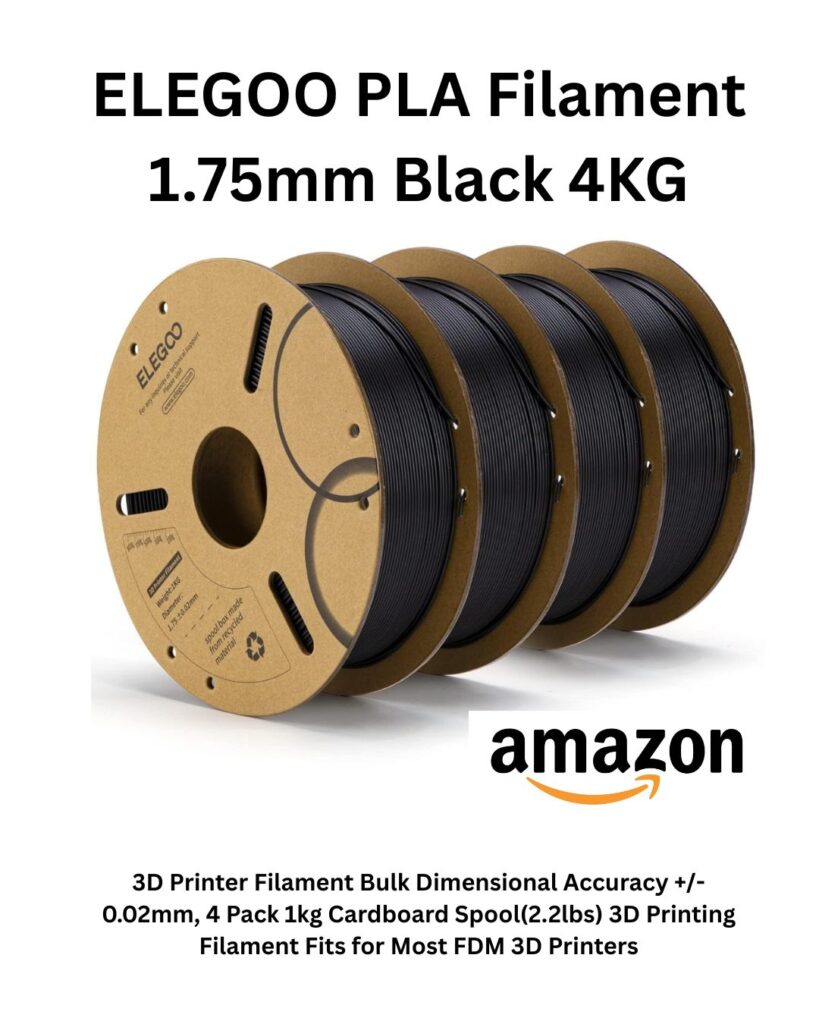
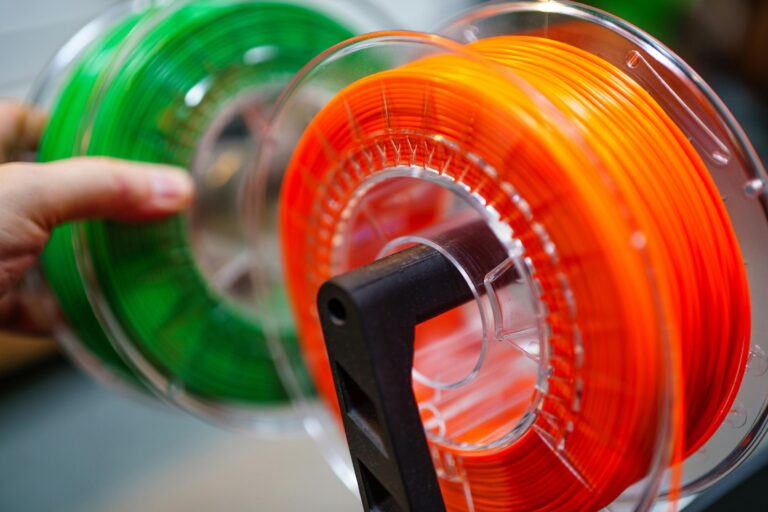
ABS Filament for Industrial Applications: Strength, Durability, and Versatility in Manufacturing
Using ABS filament for industrial applications is just right. Learn why. . .
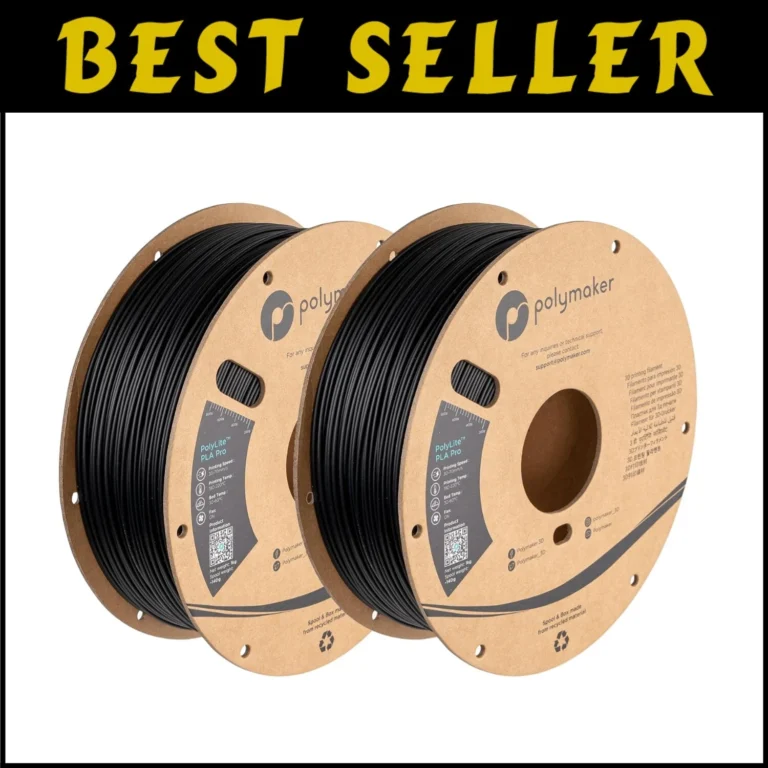
High-Strength PLA Filament for Functional Parts: Is It a Game Changer?
For years, PLA has been the beginner’s filament—easy to print, decent-looking, but far from what you’d call “high strength.”

ABS Filament for Functional Parts: A Comprehensive Guide
ABS filament is one of the best choices for functional 3D-printed parts, offering durability, heat resistance, and impact strength.

Everything you wanted to know about PETG Filament for Durable 3D Prints.

